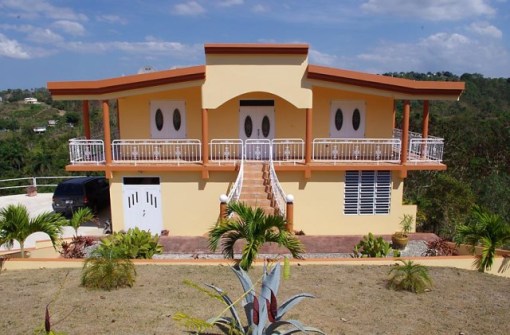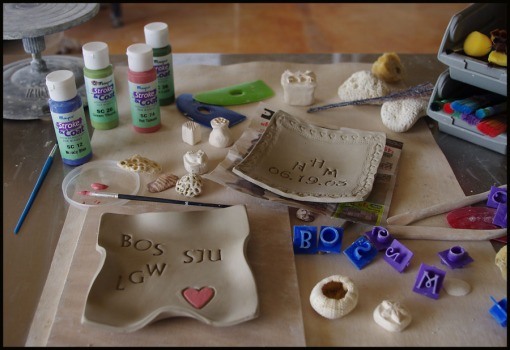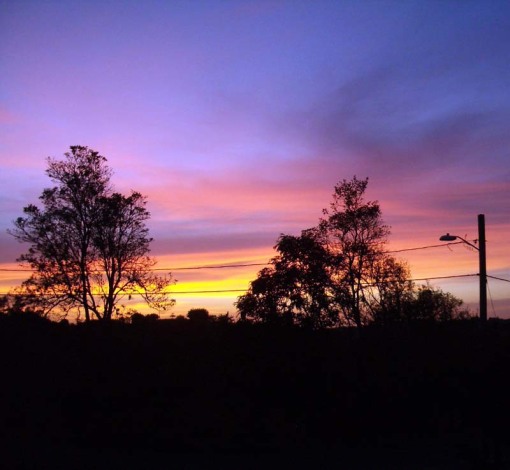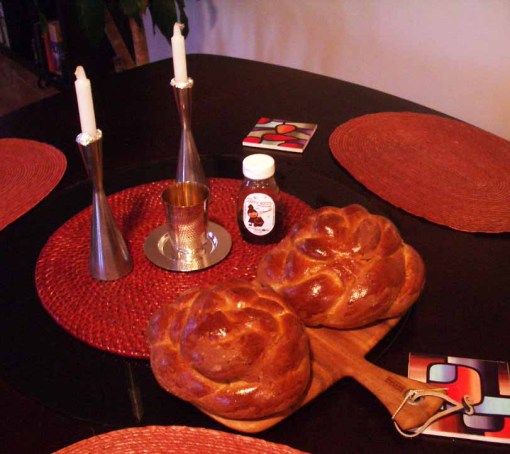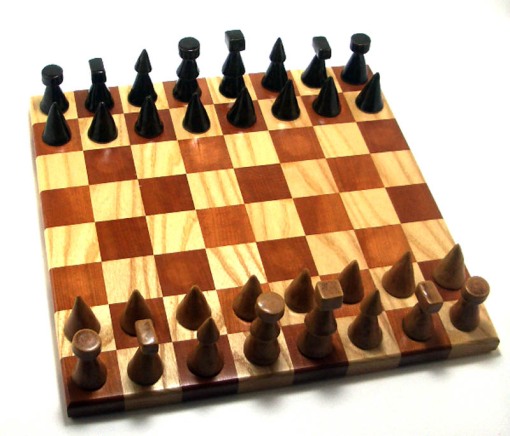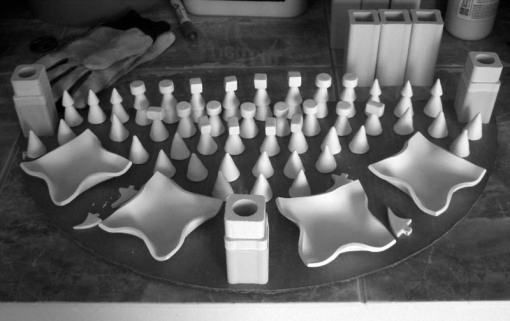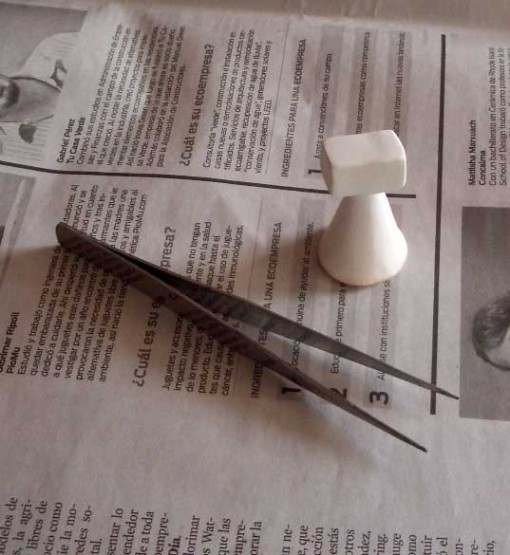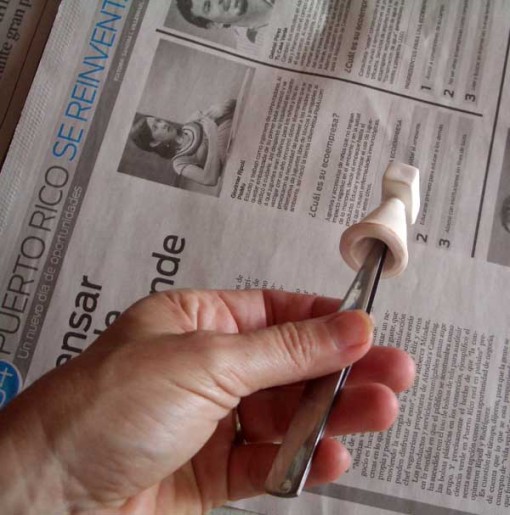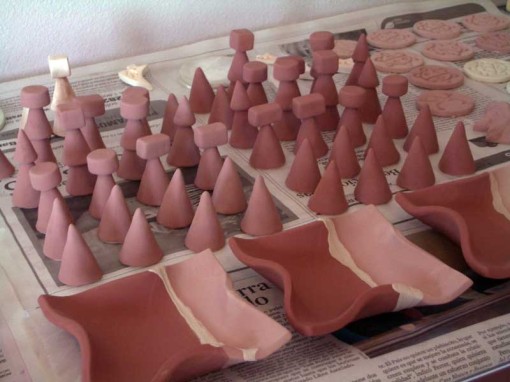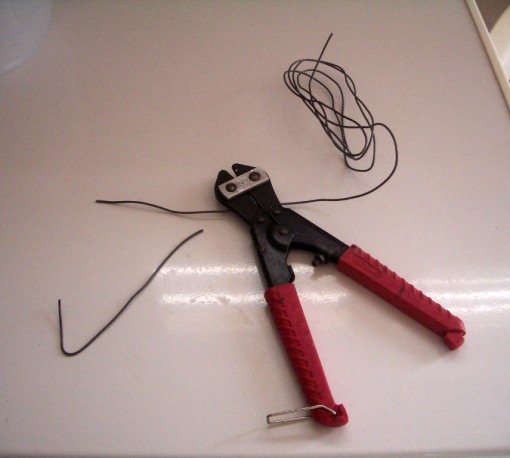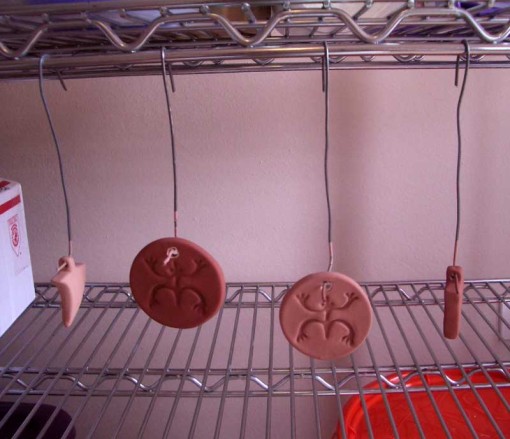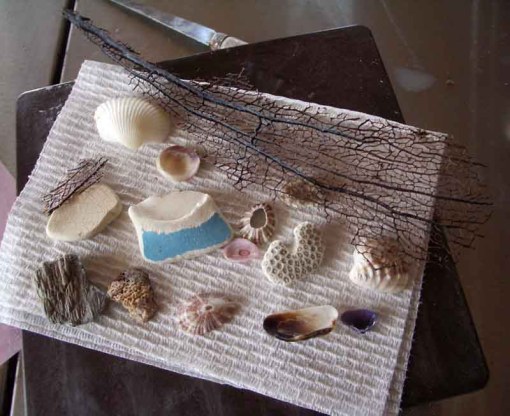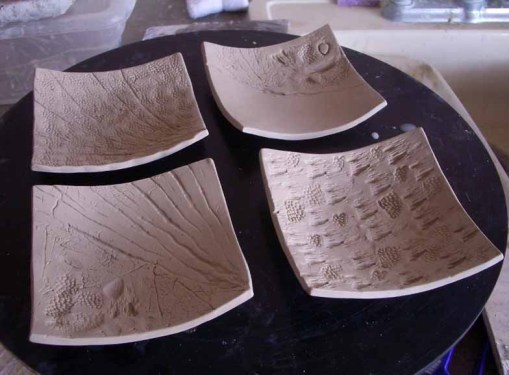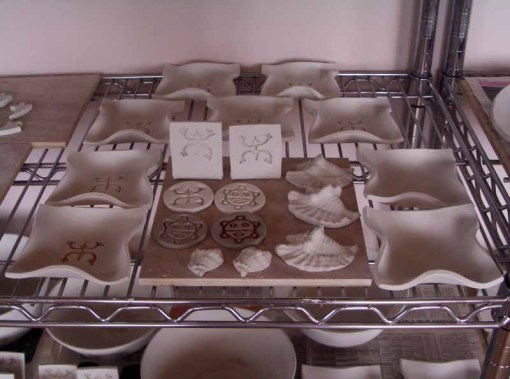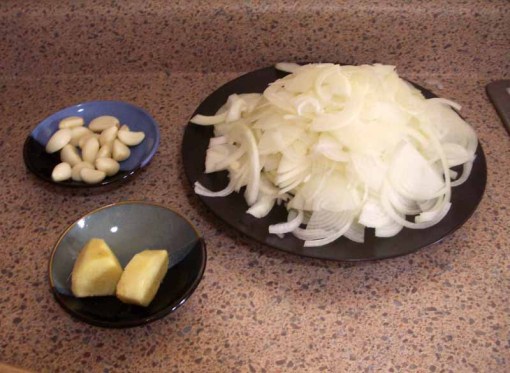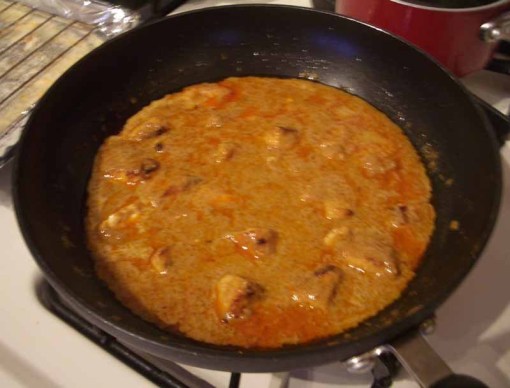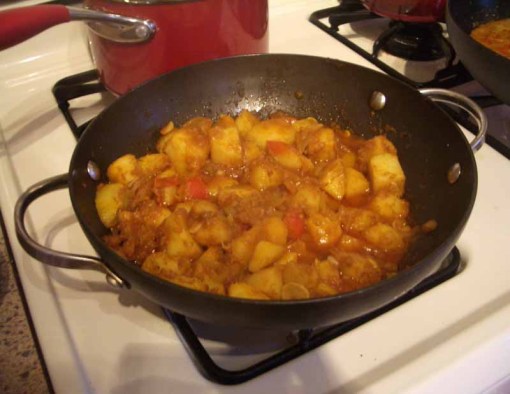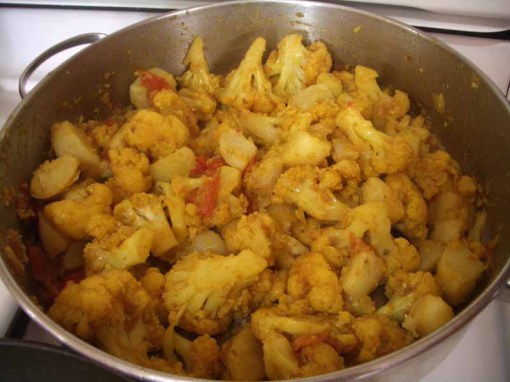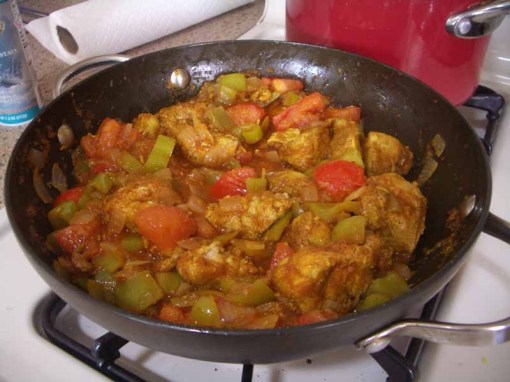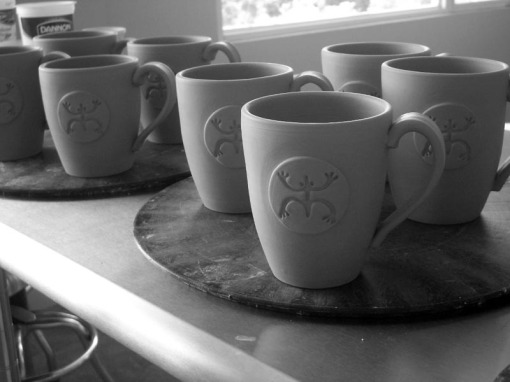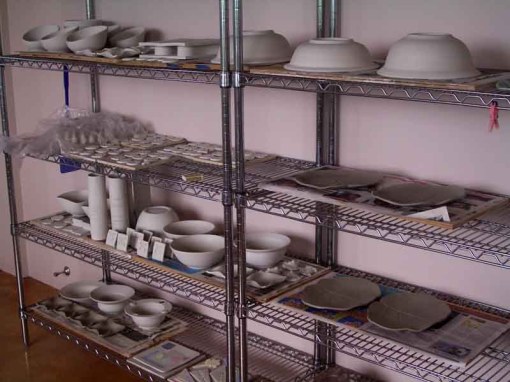Truth be told, I was a bad pottery student… Ok, a bit of context. I started taking “continuing education” pottery classes while I was in graduate school and needed to do something non-academic (my degree program was in Psychology). Once I got on the wheel, I was hooked. I was a dedicated and motivated student, but definitely not disciplined. When I was in the studio, I wanted to make stuff. Let me rephrase. I wanted to make stuff I wanted to make. Not teapots, not 10 canisters that all looked the same. Plenty of assignments were to be had at my “real” school. Pottery was about diversion, creativity and MAKING STUFF. Exercises? Not so much.
Over the next decade and a half (yikes), I continued dabbling in pottery if and when I could. I moved around a good deal (Minnesota, Chicago, Boston, South East England) but always found a local studio where I could take independent study classes when work schedules permitted. Again, the emphasis for me was on “independent”. Every once and a while, I’d get the zealot instructor who was determined to “teach” me something or “loosen up” my throwing (I like my pots tight, thank you very much!) and so would engage me in some exercise involving repetitive throwing. Mostly, they left me alone.
These days, I finally have my own studio. Pottery is no longer just a diversion and a side hobby for me. It has become my vocation. During the past year of working full time in the studio for the first time since I took up pottery, my throwing has definitely evolved, as has my willingness to (gasp) apply some discipline to my work on the wheel. My inspiration for exercises often comes from pottery blogs I follow. Granted, I don’t always do the assignments on time (it took me a few weeks, if not months, to complete Michael Klein’s “12 by 12” exercise) nor do I always follow them to the ‘T’… But, as I continue to develop my glazes and thinking about pot surfaces, I find that some exercises DO indeed provide well needed structure for pushing my throwing and my surface finishing forward in exciting new ways. So I keep them in my mental arsenal, and do them when it feels right.
Recently, partially thanks to a beautifully squishy (technical term) batch of clay, I decided to sit down for an extended throwing session to throw a bunch of smaller forms. Not needing any more mugs, I was planning on making some small bowls and perhaps some tumblers. Loosly inspired by a “recent” (re March…) assignment posted by Emily Murphy on exploring form, I decided to do my own take on her assignment, using a new form for me, the yunomi (tea bowl).
A yunomi is a Japanese form of teacup used for daily (informal) tea drinking, typically made from a ceramic material, being taller than wide, with a trimmed foot. Because of their “contained” but well defined size and function, yunomis are a great form for experimentation in shape and decoration. For a sense of how varied yunomis can be, check out this awesome online yunomi show at AKAR Design.
So here’s what I came up with (I actually made 14 but 2 were very similar to those depicted and I was going for an Emily inspired 2×2 layout). I find it very exciting to have a very good idea even at the greenware stage what glaze treatment these guys will be getting to highlight their form and/or texture. Should be fun to see how these end up! I probably didn’t push my forms as much as Emily would have liked (and some of these forms might actually be more “chawan” than “yunomi”, for those of you who are strict with your Japanese teaware definitions…), but hey, baby steps, right? 😉

Set 1
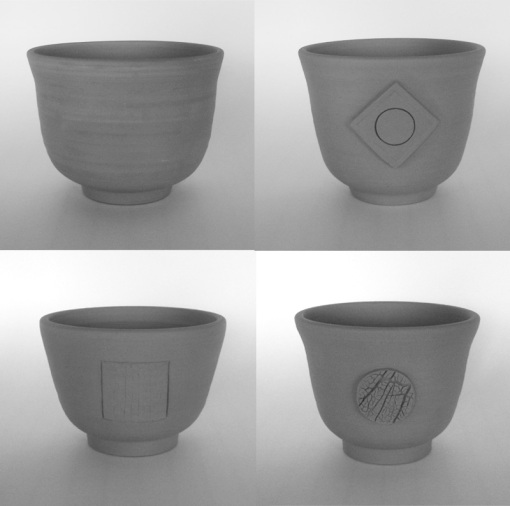
Set 2
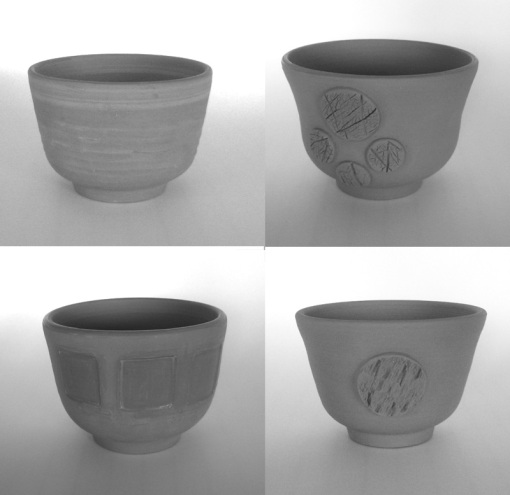
Set 3
